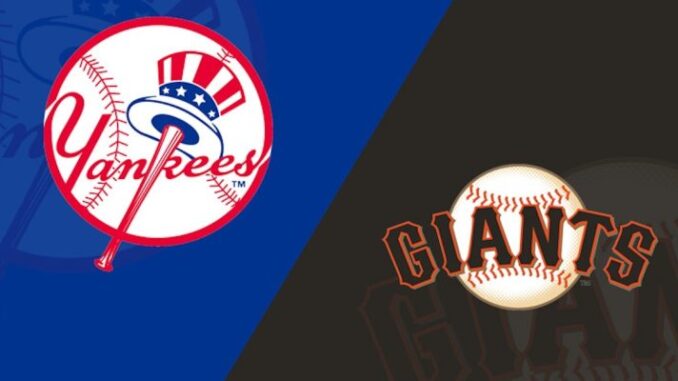
The San Francisco Giants are expected to overhaul their bullpen this offseason, and several veteran closers will be available in free agency. However, ESPN’s Jeff Passan believes one option stands above the rest for San Francisco.
He views All-Star closer as the ideal addition for the Giants, arguing that Williams’ elite stuff, late-inning dominance, and postseason experience make him a perfect fit for a team looking to stabilize its relief corps.
With the Giants aiming to strengthen their pitching depth and regain competitiveness, Passan suggests that pursuing Williams should be a top priority as they reshape their bullpen strategy.
MLB insider views All-Star reliever as a perfect move for the SF Giants
The San Francisco Giants entered the season with what many considered the most reliable and well-constructed bullpen in all of Major League Baseball. During the first few months of the year, their relief corps consistently shut down opposing offenses, protected narrow leads, and often served as the backbone of the team.
More: Phillies Surprising Move Cut Ties With Third Baseman After Disappointing Playoff Exit
But baseball is a six-month grind, and the physical and competitive demands of the sport have a way of exposing weaknesses that may not be apparent early on. Over the course of a long season, even the best bullpens can be tested to their limits.

When the Giants opened the year, their relief group featured Camilo Doval, Erik Miller, Tyler Rogers, and Randy Rodríguez. That quartet formed the foundation of a bullpen that regularly dominated late innings. Doval, an All-Star closer with elite velocity and swing-and-miss stuff, anchored the ninth inning.
Rogers and his twin-like submarine delivery handled high-leverage matchups, while Miller and Rodríguez provided valuable support in the middle and late innings. It was a group that appeared well balanced, diverse in pitch styles, and capable of absorbing the daily pressures of relief work.
However, the stability that defined the first half slowly dissolved as the season wore on. Injuries and roster decisions reshaped the unit drastically. By year’s end, both Erik Miller and Randy Rodríguez had landed on the injured list. Rodríguez’s injury proved especially severe, eventually requiring Tommy John surgery in September—an operation that almost always sidelines a pitcher for an entire season. The Giants now have to prepare for the likelihood that Rodríguez will not throw a pitch for them next year.

Meanwhile, the front office made the decision to trade two of its most prominent relievers. Tyler Rogers was dealt to the New York Mets, a move that surprised many given Rogers’ track record of durability and effectiveness. Not long after, Camilo Doval was sent to the New York Yankees in a high-profile transaction that signaled a shift in organizational priorities. With two of their most trusted arms shipped out and two more injured, the Giants’ once-dominant bullpen had eroded into a glaring vulnerability.
The group that remains is a much different, far more uncertain version of the early-season unit. The current bullpen mix includes the recovering Erik Miller, left-hander Joey Lucchesi, right-hander Joel Peguero, and southpaw Matt Gage, along with a handful of depth arms cycling between Triple-A and the major-league roster.
More: Braves confirmed another blockbuster deal
Although a few of these pitchers have intriguing skills or flashes of past success, none offer the combination of reliability and high-leverage dominance that Doval, Rogers, Miller, and Rodríguez once provided together.
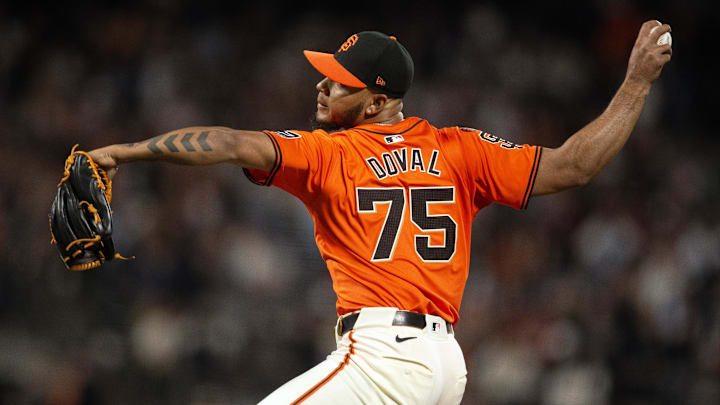
Given the attrition and turnover, describing the bullpen as a work in progress would be generous. The Giants are looking at a bullpen that needs not just minor improvement but a significant overhaul. They must re-establish both the top-end talent capable of handling pressure situations and the depth required to endure a 162-game marathon. The task ahead is massive, and the organization is well aware of the stakes.
Yet rebuilding a bullpen is one of the trickiest challenges for a front office. It is rarely as simple as spending more money or allocating additional roster resources. Relief pitchers are notorious for their year-to-year volatility.
More: Angels filled open spot with Cardinals’ star infielder Brendon Donovan
A dominant reliever one season can regress the next for any number of reasons—mechanical issues, minor injuries, changes in pitch shape, or even just statistical variance. Because of this, many executives are hesitant to invest heavily in their bullpens. Organizations often prefer to build bullpens from undervalued arms, players with minor-league options, or pitchers with specific traits—such as elite movement or command—that can be refined through coaching.
Even teams that go all-in on bullpen acquisitions don’t always see results that match the investment. The New York Yankees provide a perfect example. Over the past year, they aggressively improved their bullpen, adding big-name relievers like Devin Williams, Camilo Doval, and David Bednar. All three were considered elite or near-elite options capable of transforming a team’s bullpen into a strength. But despite those additions, the Yankees finished the season with a 4.37 ERA from their relief corps—ranking just 23rd in the league. Their performance illustrated the unpredictability of bullpen construction. Big names do not always guarantee big production.

Still, there are factors that can make a specific bullpen-rebuilding situation more appealing to free agents, and San Francisco possesses one of the most important advantages: ballpark environment. As noted by ESPN insider Jeff Passan, Oracle Park is widely regarded as one of the most pitcher-friendly stadiums in baseball.
The heavy, damp air and deep outfield dimensions significantly suppress offense, particularly home run production. This is beneficial not only to starters but also to relievers who must frequently pitch in high-stress situations where a single mistake can change the outcome of a game.
More: Angels balance lineup with Yankees left-handed bats
Passan emphasized that this aspect of Oracle Park is meaningful not just for elite relievers seeking to maintain top-tier numbers, but also for fringe or developing pitchers who might benefit from a more forgiving home environment. In his words, “San Francisco is among the most attractive pitchers’ parks in baseball, which is the sort of thing that plays at the top and bottom of markets.” In other words, both top free-agent relievers and lower-cost depth arms may find the Giants an appealing destination, giving the front office a broader pool of potential additions.
One pitcher whose name fits squarely into this conversation is All-Star closer Devin Williams. Williams is coming off a season in which he posted a 4.79 ERA across 67 appearances, the highest ERA of his career by a considerable margin.
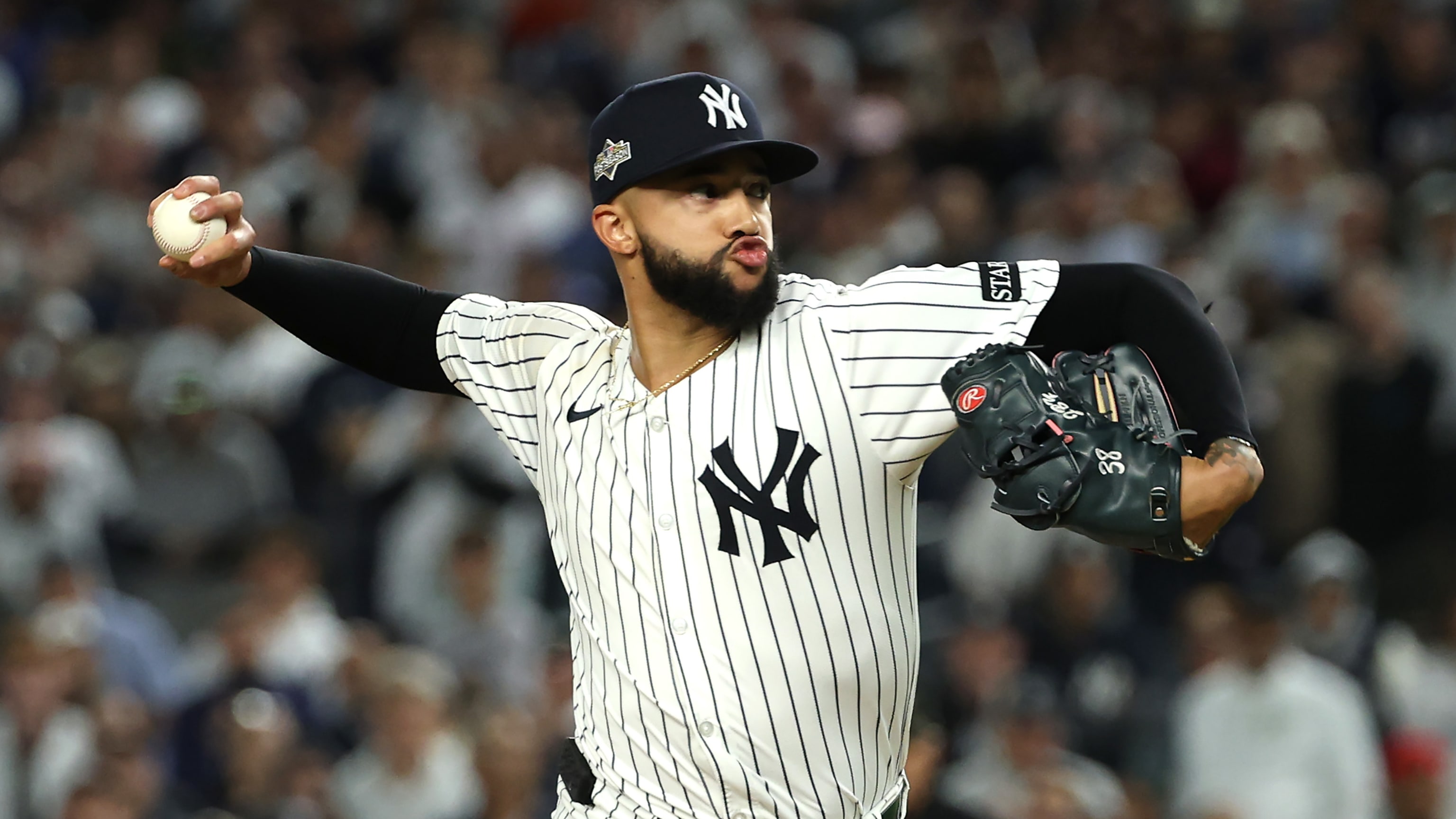
At first glance, this dip in production may raise concerns. But ERA often fails to capture the full picture of a reliever’s performance. In Williams’ case, many of his underlying metrics remained exceptional. He continued to generate elite whiff rates and chase rates, meaning hitters still struggled to make consistent contact with his pitches and often chased pitches outside the strike zone.
Williams’ signature pitch—the “Airbender” changeup—remains one of the most devastating offerings in baseball, producing extreme movement that leaves hitters frequently off balance. Analysts generally agree that his elevated ERA was likely an outlier rather than a sign of declining skill. A new environment, particularly a pitcher-friendly environment like San Francisco, could help stabilize his performance and return him to his typical elite form.
More: Mariners get another crack trade for Red Sox slugger on three-player deal
Because of this, teams are expected to evaluate Williams based on his overall skill set rather than on his surface-level statistics. His track record, advanced metrics, and unique pitch profile will undoubtedly make him one of the most sought-after relievers on the market. For the Giants, he represents the type of high-impact addition who could immediately restore strength to the back end of their bullpen.
However, his strong market appeal also means that teams should not expect him to come at a discount. The demand for elite relievers is always high, and even in a down statistical season, Williams’ value remains significant. The Giants, if they choose to pursue him, will likely face competition from numerous contenders seeking proven late-inning dominance.

In broader terms, the Giants’ path forward involves a blend of strategic signings, internal development, and possibly even trades. The front office will need to identify relievers with traits that match the organization’s pitching philosophy—whether that means prioritizing high strikeout rates, ground-ball tendencies, or versatility to pitch in multiple roles. They will also need to take advantage of Oracle Park’s strengths by targeting pitchers who could benefit from its forgiving dimensions.
Equally important will be assessing which internal arms can take steps forward. While the current bullpen lacks star power, some pitchers—such as Lucchesi or Peguero—could develop into more prominent roles with the right adjustments. The Giants’ analytics and coaching staff have historically excelled at helping pitchers refine their arsenals, making internal improvement a viable part of the strategy.
More: Red Sox In Another Sweepstakes With The Cardinals
Still, no matter how the Giants approach the offseason, the reality is clear: significant work lies ahead. The early-season version of their bullpen showed how dominant the group can be when healthy and cohesive. Replicating—or even surpassing—that level of performance will require a combination of savvy roster management and calculated risk-taking.
If they can land someone like Devin Williams, rebuild their depth, and leverage the natural advantages of Oracle Park, the Giants have the potential to turn a glaring weakness back into a strength. But as every team knows, the bullpen is the heartbeat of a club throughout the long and demanding baseball season. The Giants must now redesign that heartbeat—and the success of their 2026 campaign may depend on how effectively they do it.
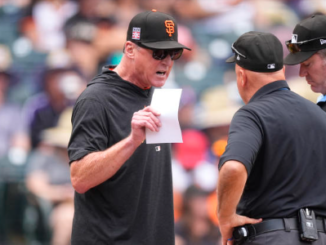
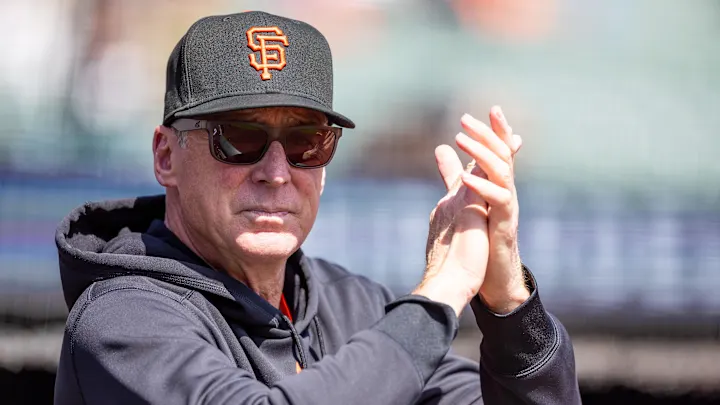
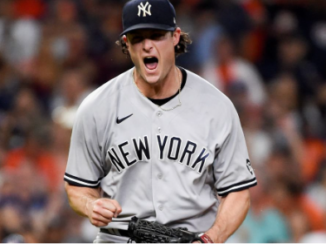
Be the first to comment